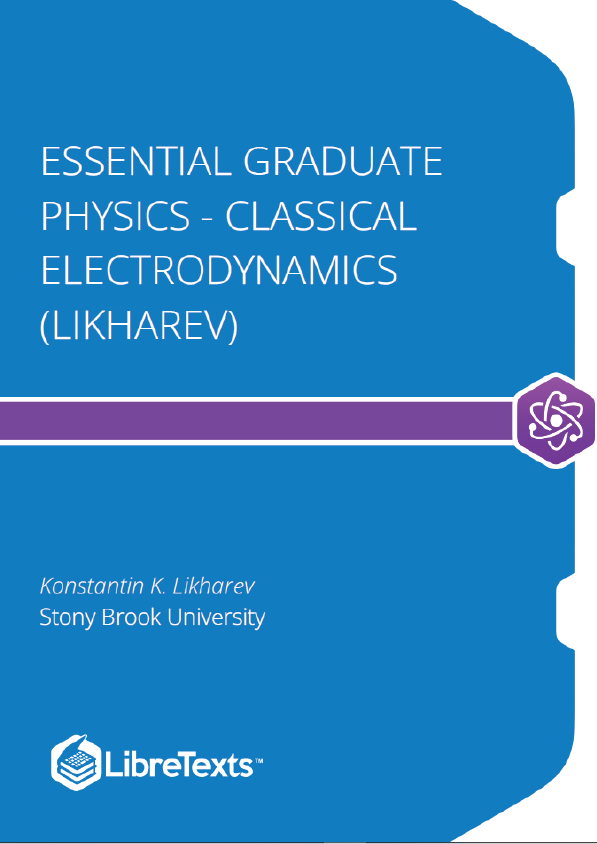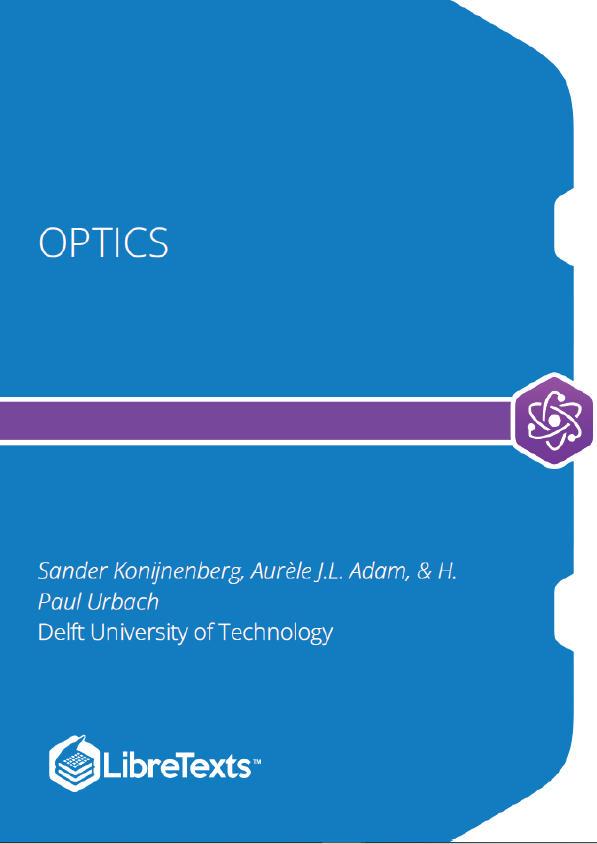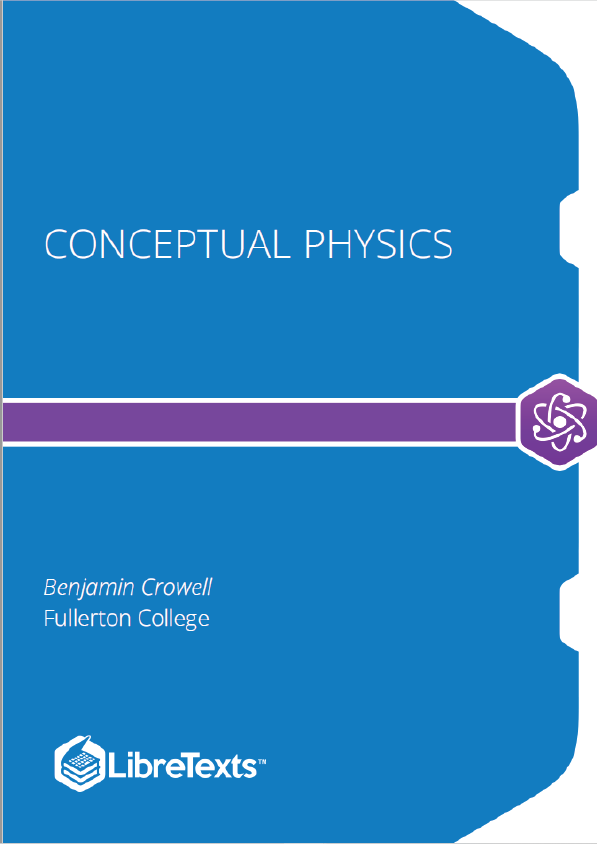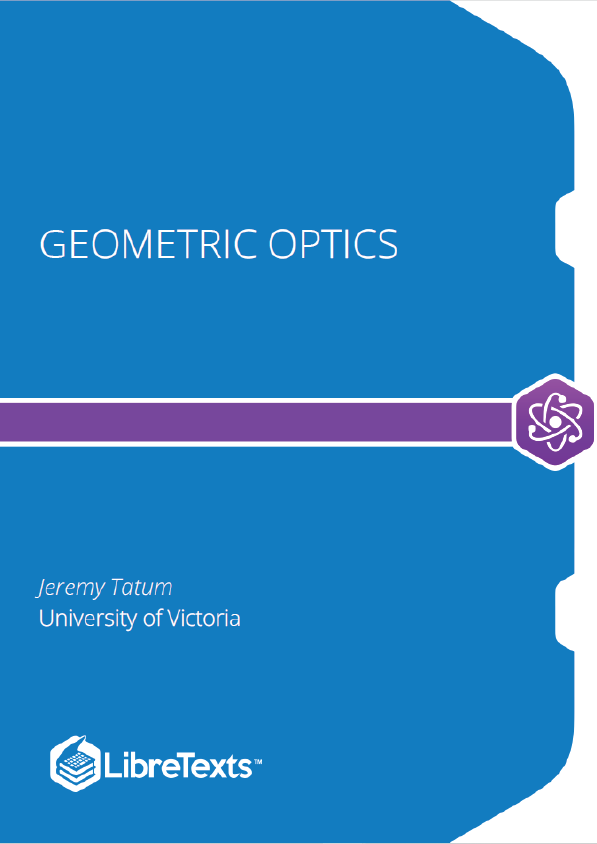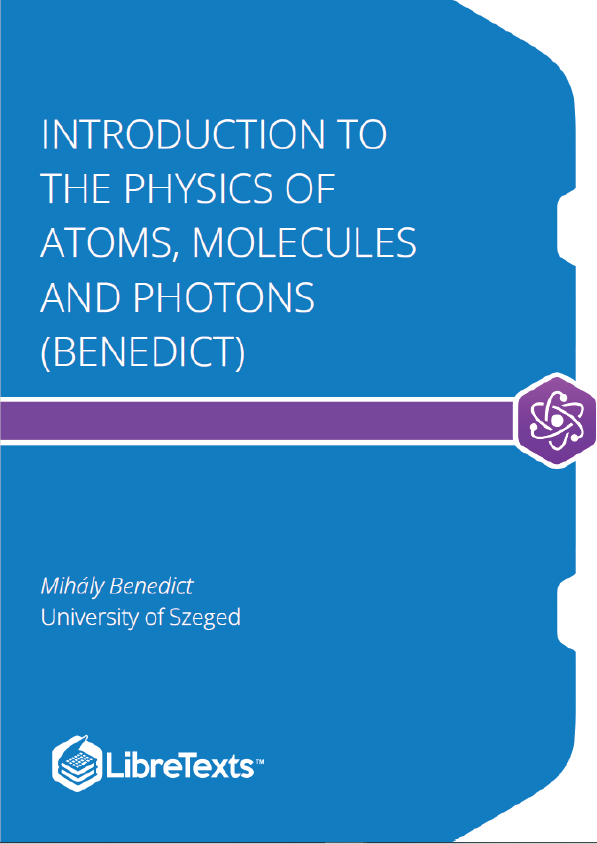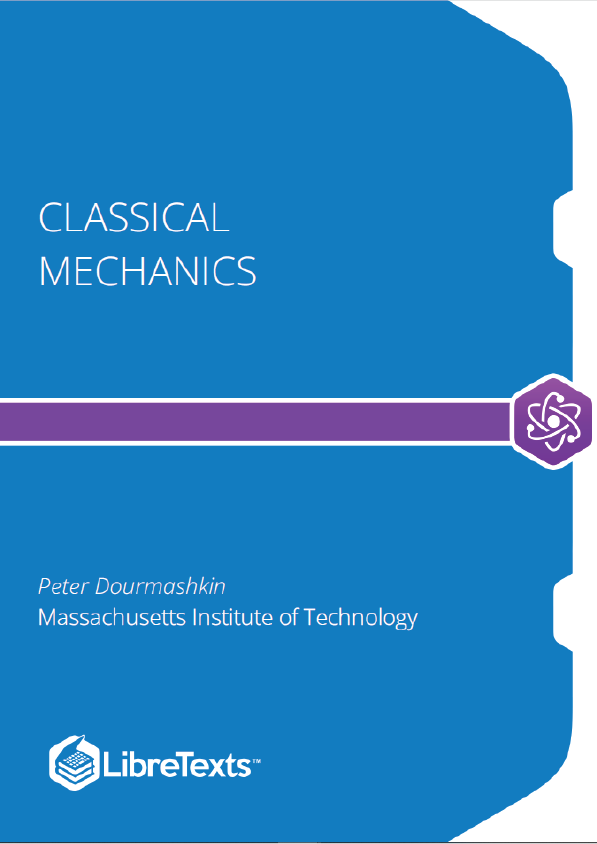Electric Charge Interaction
This brief chapter describes the basics of electrostatics – the study of interactions between stationary (or relatively slowly moving) electric charges. Much of this material should be known to the reader from their undergraduate studies; because of that, the explanations are very brief.
Charges and Conductors
This chapter will start a discussion of the very common situations when the electric charge distribution in space is not known a priori, but rather should be calculated in a self consistent way together with the electric field it creates. The simplest situations of this kind involve conductors, and lead to the so-called boundary problems in which partial differential equations describing the field distribution have to be solved with appropriate boundary conditions. Such problems are also broadly used in other parts of electrodynamics (and indeed in other fields of physics as well), so that following tradition, I will use this chapter’s material as a playground for a discussion of various methods of boundary problem solution, and the special functions most frequently encountered in the process.
Numerical Approach
Despite the richness of analytical methods, for many boundary problems (especially in geometries without a high degree of symmetry), the numerical approach is the only way to the solution. Though software packages offering their automatic numerical solution are abundant nowadays, it is important for every educated physicist to understand “what is under their hood”, at least because most universal programs exhibit mediocre performance in comparison with custom codes written for particular problems, and sometimes do not converge at all, especially for fast-changing (say, exponential) functions. The very brief discussion presented here is a (hopefully, useful) fast glance under the hood, though it is certainly insufficient for professional numerical research work.
A wide, thin plane film, carrying a uniform electric charge density , is placed inside a plane capacitor whose plates are connected with a wire (see the figure on the right), and were initially electroneutral. Neglecting the edge effects, calculate the surface charges of the plates, and the net force acting upon the film (per unit area).
Following up on the discussion of two weakly coupled spheres in Sec. 2, find an approximate expression for the mutual capacitance (per unit length) between two very thin, parallel wires, both with round cross-sections, but each with its own radius. Compare the result with that for two small spheres, and interpret the difference.
Use the image charge method to calculate the potential energy of the electrostatic interaction between a point charge placed in the center of a spherical cavity that had been carved inside a grounded conductor, and the cavity’s walls. Looking at the result, could it be obtained in a simpler way (or ways)?
Polarization and Screening
The basic principles of electrostatics outlined in Chapter 1 present the conceptually full solution to the problem of finding the electrostatic field (and hence Coulomb forces) induced by electric charges distributed over space with density . However, in most practical situations, this function is not known but should be found self consistently with the field. For example, if a volume of relatively dense material is placed into an external electric field, it is typically polarized, i.e. acquires some local charges of its own, which contribute to the total electric field inside, and even outside it.
